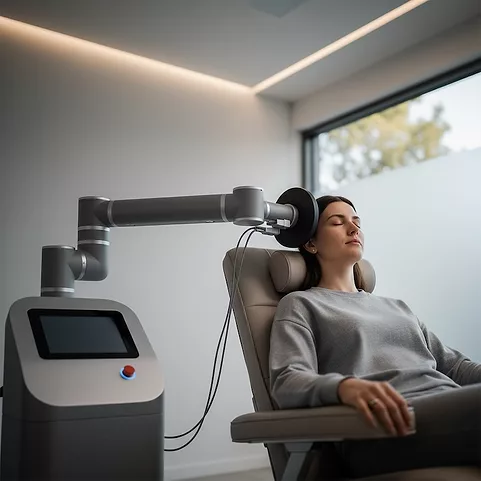General Psychiatry
Borderline personality disorder often misdiagnosed as bipolar disorder
Section editor, Glen Spielmans, PhD
Read More
Robust support for mood stabilizers in borderline personality disorder
Section editor, Glen Spielmans, PhD
Read More

_-The-Breakthrough-Antipsychotic-That-Could-Change-Everything.webp?t=1729528747)



